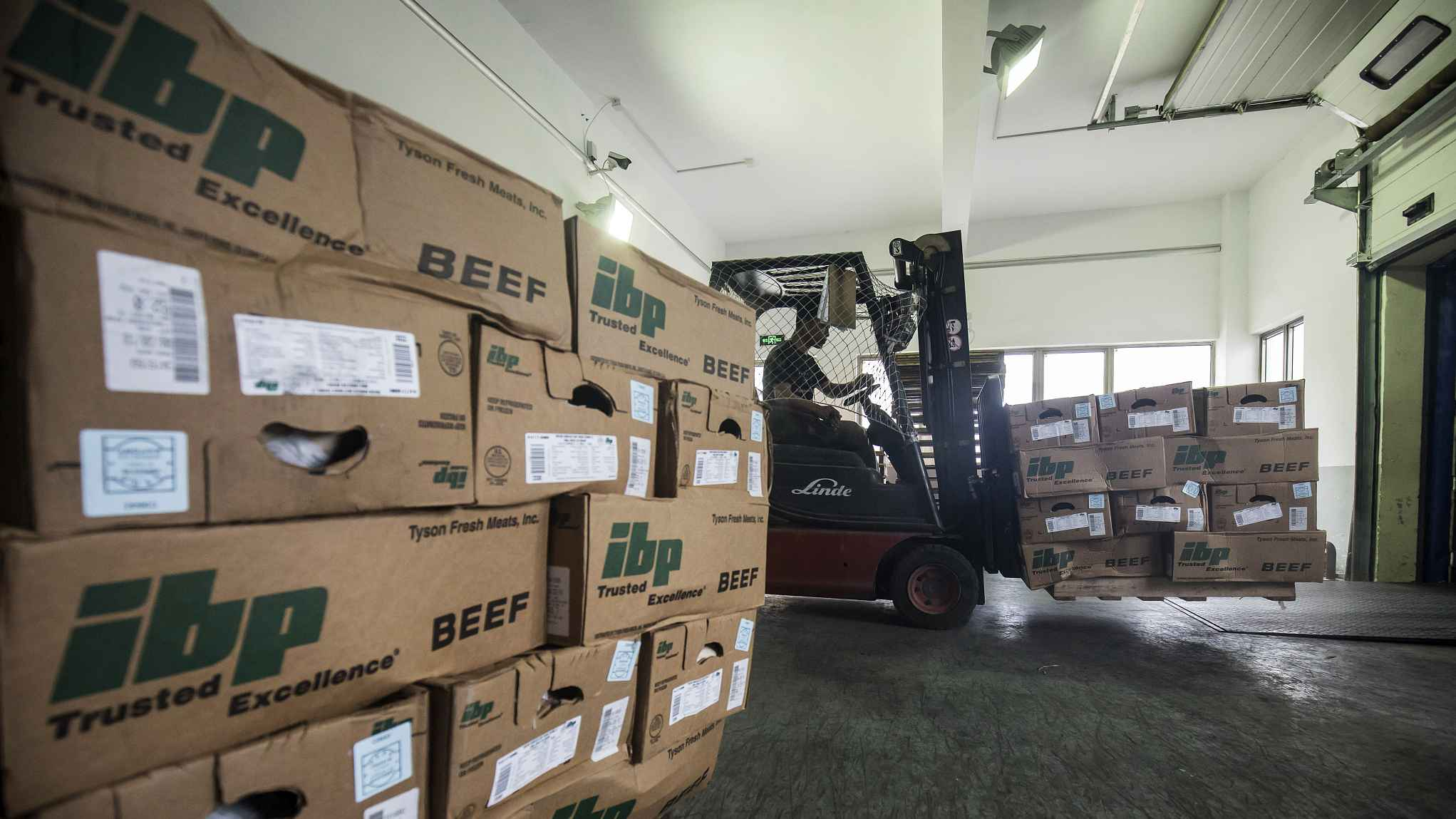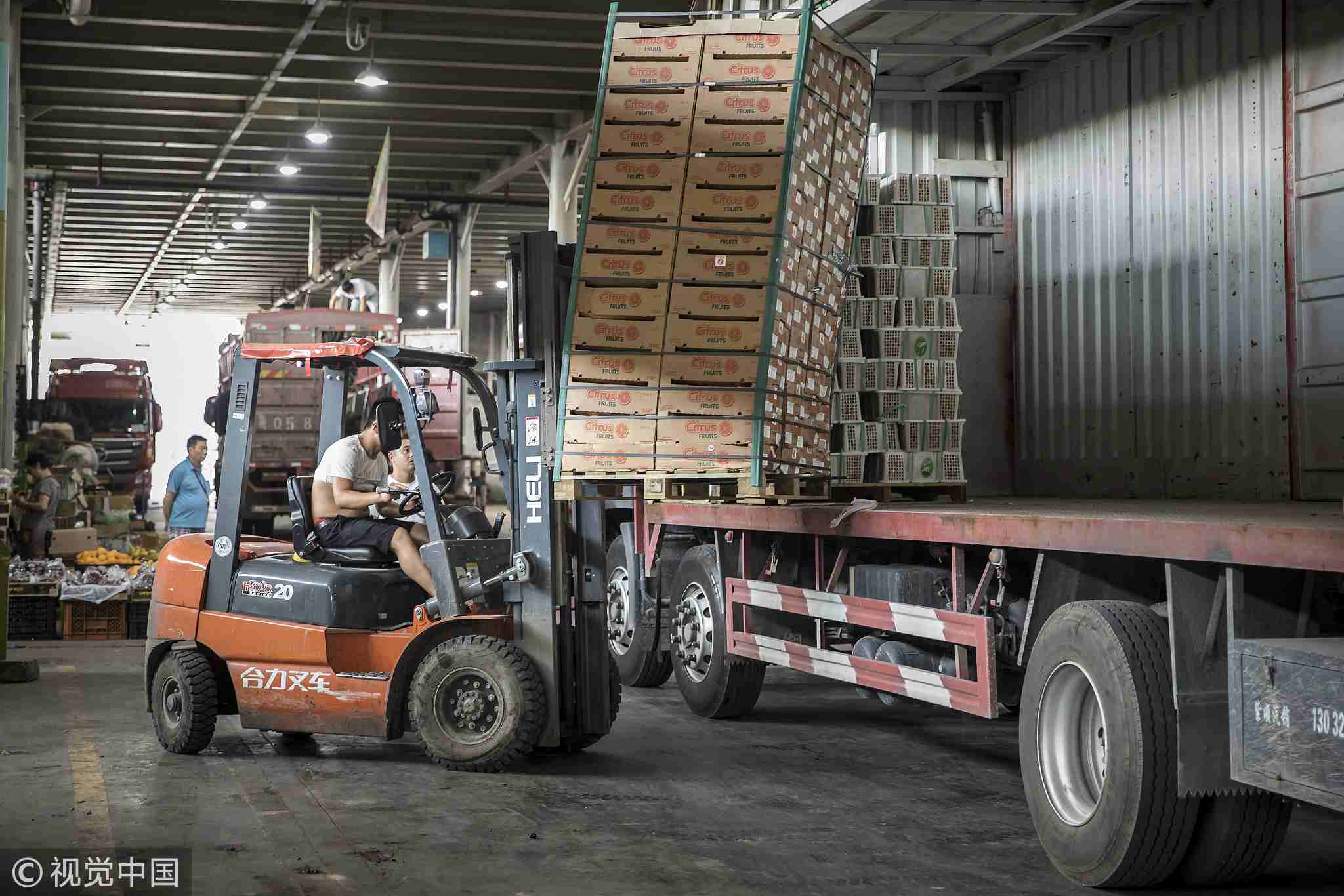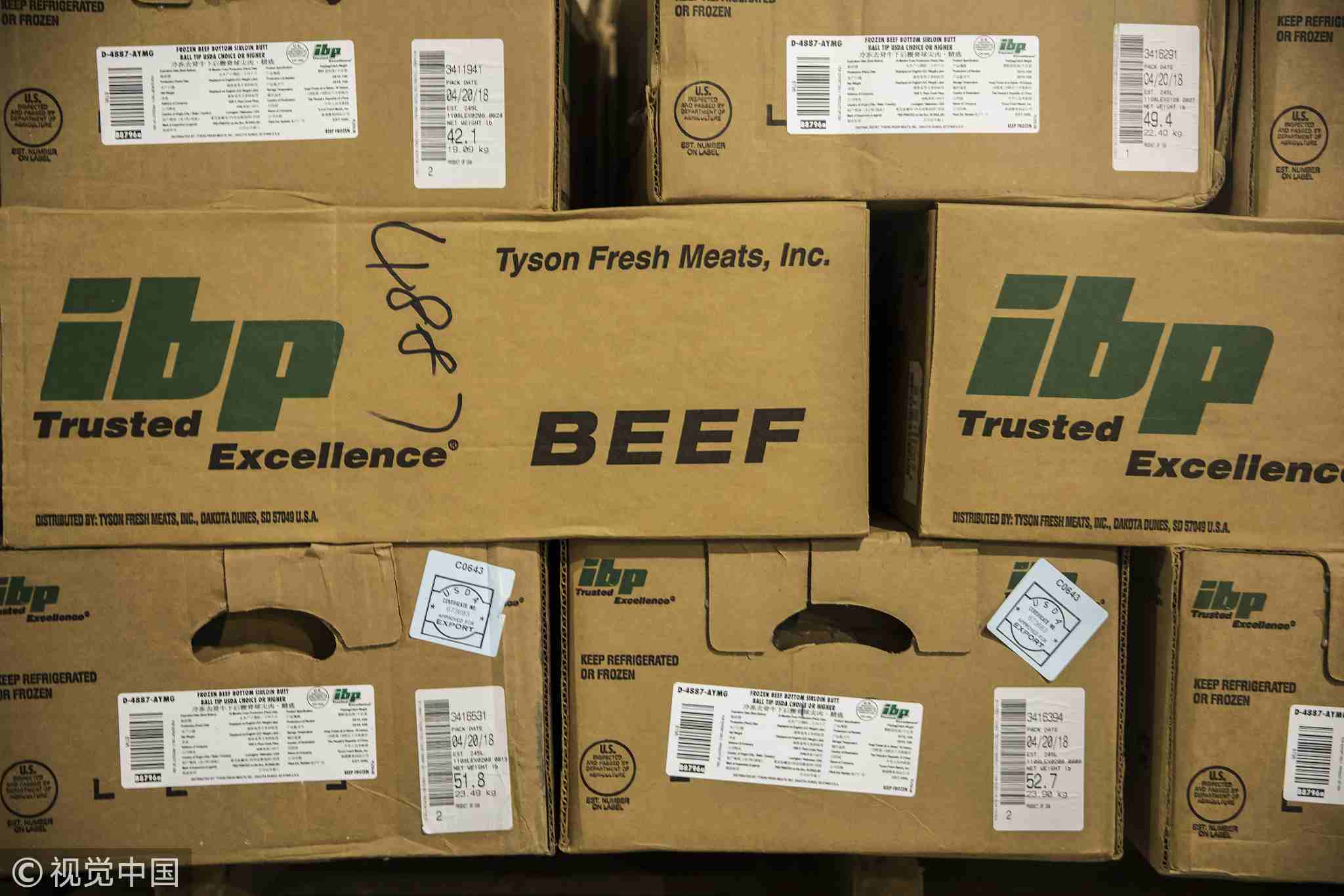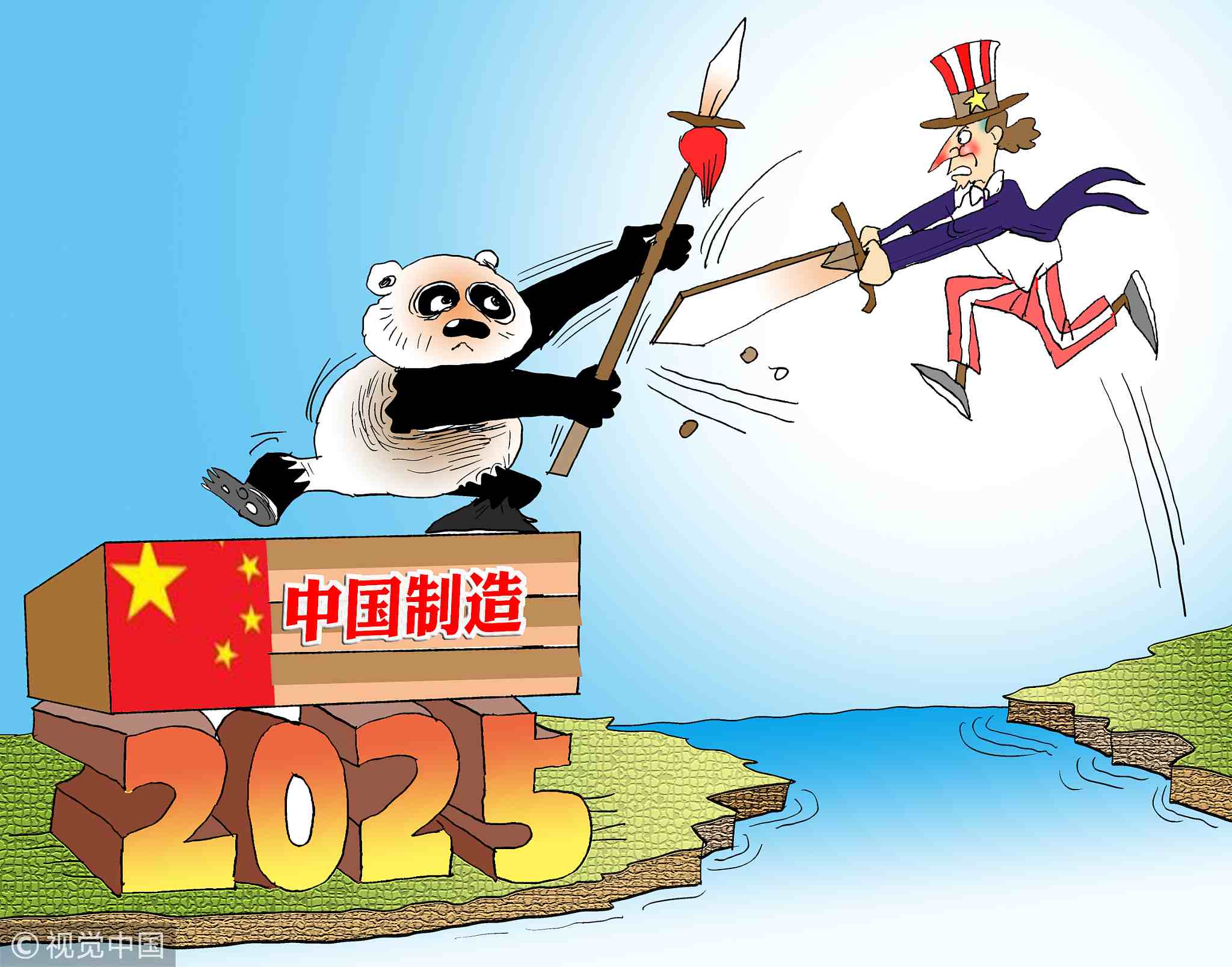
Opinions
10:22, 29-Jul-2018
Opinion: Industrial policy is never out of fashion
Updated
09:41, 01-Aug-2018
Cheng Dawei

Editor’s note: Cheng Dawei is a professor at the School of Economics, Renmin University of China. The article reflects the author's opinion, and not necessarily the views of CGTN.
Dani Rodrik in 2010 wrote in an article, “In fact, the industrial policy never went out of fashion. Economists enamored with the neo-liberal Washington Consensus may have written it off, but successful economies have always relied on government policies that promote growth by accelerating structural transformation.”
There were two waves of industrial policy in the 20th century.
In the middle of the century, Latin America adopted import substitution industrialization (ISI). With the debt crisis in the region, the policy failed.
Then export-oriented industrialization (EOI) slowly became the accepted development strategy.
Besides ISI and EOC, there are other kinds of industrial policies.
1. Import substitution industrialization (ISI)
ISI is a trade and economic policy which advocates replacing foreign imports with domestic production. The story of Latin American countries in the 20th century shows how they used ISI to promote development in the region.

A man uses a forklift to unload a pallet of imported fruit from a truck at a wholesale market in Shanghai, China, on Friday, July 13, 2018. /VCG Photo.
A man uses a forklift to unload a pallet of imported fruit from a truck at a wholesale market in Shanghai, China, on Friday, July 13, 2018. /VCG Photo.
ISI policies in Latin America sought to develop industries in a protected environment in order to create domestic industries. In 1956, the Brazilian government banned all imports of cars, requiring any international company wishing to sell in the Brazilian market to establish local operations.
Meanwhile, the government offered 89 cents worth of subsidies for every dollar invested. Also, the government followed a debt-led growth strategy that provided subsidies and credits for firms that would begin exporting automobiles with a high portion of domestic parts.
ISI tools to promote industrialization include:
- Active industrial policy through the use of state-owned enterprises.
- Protective international tools such as tariffs, quotas, import licenses, foreign exchange control, subsidies, infant industry policy. For example, in Argentina, the average nominal protection for consumer and manufactured products was 131 percent and in Brazil was 168 percent.

Boxes of imported Tyson Fresh Meats Inc. beef sit stacked on pallets at the Suzhou Huadong Foods Ltd. cold storage facility in Suzhou, China, on Saturday, July 7, 2018. /VCG Photo.
Boxes of imported Tyson Fresh Meats Inc. beef sit stacked on pallets at the Suzhou Huadong Foods Ltd. cold storage facility in Suzhou, China, on Saturday, July 7, 2018. /VCG Photo.
- Targeted lending to industries such as automobiles.
- Tax exemptions for particular industries, including foreign companies that provided critical financial capital and technology.
- Strict investment rules such as local content laws and minority foreign ownership.
- Passive monetary policy to finance projects under ISI.
- But given the limited size of the internal market in Latin America, ISI became exhausted, and the export window was closed due to the unfavorable exchange rate and less competitive industries.
2. Export-oriented industrialization (EOI)
Contrary to ISI, EOI stresses engaging with the world market. This approach was successfully followed by China and some Southeast Asian countries in the second half of the 20th century. EOI may start with exporting processed resource-based or low-wage based products, before graduating to manufacturing exports of increasing technological content.

Boxes of imported Tyson Fresh Meats Inc. beef bottom sirloin steak sit stacked at the Suzhou Huadong Foods Ltd. cold storage facility in Suzhou, China, on Saturday, July 7, 2018. /VCG Photo.
Boxes of imported Tyson Fresh Meats Inc. beef bottom sirloin steak sit stacked at the Suzhou Huadong Foods Ltd. cold storage facility in Suzhou, China, on Saturday, July 7, 2018. /VCG Photo.
The main tool for EOI is export performance-based subsidies. There are also other policy tools beyond export subsidy that can be used to promote EOI. For example, standards play a role in coordinating international production sharing and become crucial to the EOI strategy.
3. Resource-based industrialization(RBI)
This is a strategy that may be used by a country with a rich raw material. The purpose of the strategy is to convert the raw material into a manufactured good locally for export. The key policy tool is an export tax on the raw material, and subsidies for the domestic downstream manufacturing sector.
However, experience earned through RBI policies has generally provided mixed or disappointing results. RBI is unlikely to stimulate growth in the rest of the economy, particularly if this sector is dominated by foreign firms.
4. Industrialization through innovation(ITI)
Presently, a lot of developing countries use ITI to promote economic development. According to a 2014 article written by Ogunwusi and Ibrahim published in IISTE journal, Nigeria adopted an import substitution strategy after independence, and then later replaced the strategy with an export promotion strategy. Now the country has moved on to ITI.

VCG Photo
VCG Photo
The major sponsorship for R&D in Nigeria comes from the government. And major, commercializable R&D outcomes have been successfully produced by governmental agencies.
In the China-US trade war, the United States strongly opposes “Made in China 2025” strategy. Some US industrial associations think China turned to innovation mercantilism — a strategy that uses trade-distorting policies to bolster local technology firms and production activities. The policy tools for this new type of strategy are mainly behind-the-border regulations.
For example, they pointed out that China’s cybersecurity law is burdensome and discriminatory against foreign tech firms. This includes forced local data storage requirements, discriminatory security reviews of information communication technology hardware and software, and so on.
From the above analysis, we can see the history of industrial policy and the development path of developing countries. After adopting an EOI policy for many years, is it wrong for China to move to the ITI strategy? If China has policy issues, is there any other solution besides launching a trade war? I will discuss this later.

SITEMAP
Copyright © 2018 CGTN. Beijing ICP prepared NO.16065310-3
Copyright © 2018 CGTN. Beijing ICP prepared NO.16065310-3